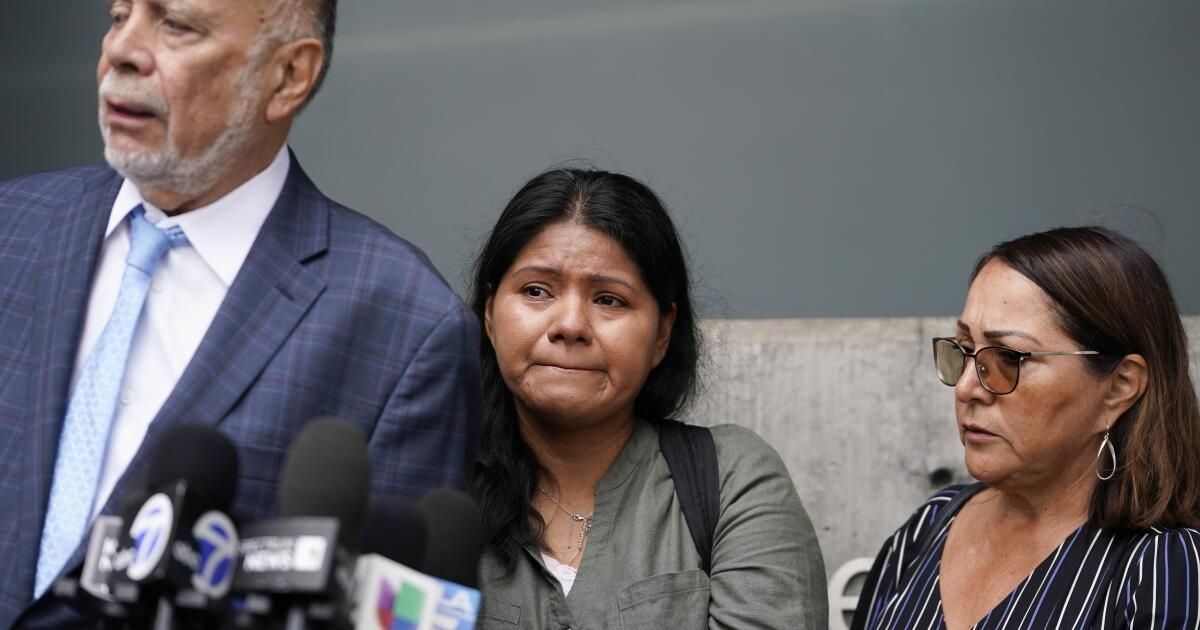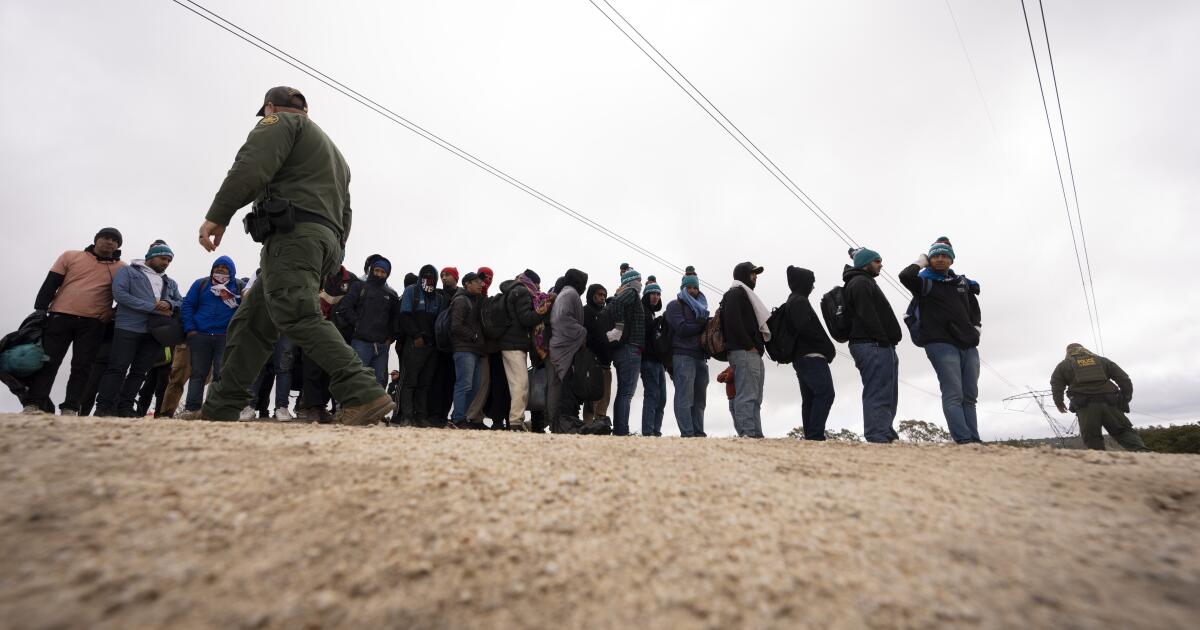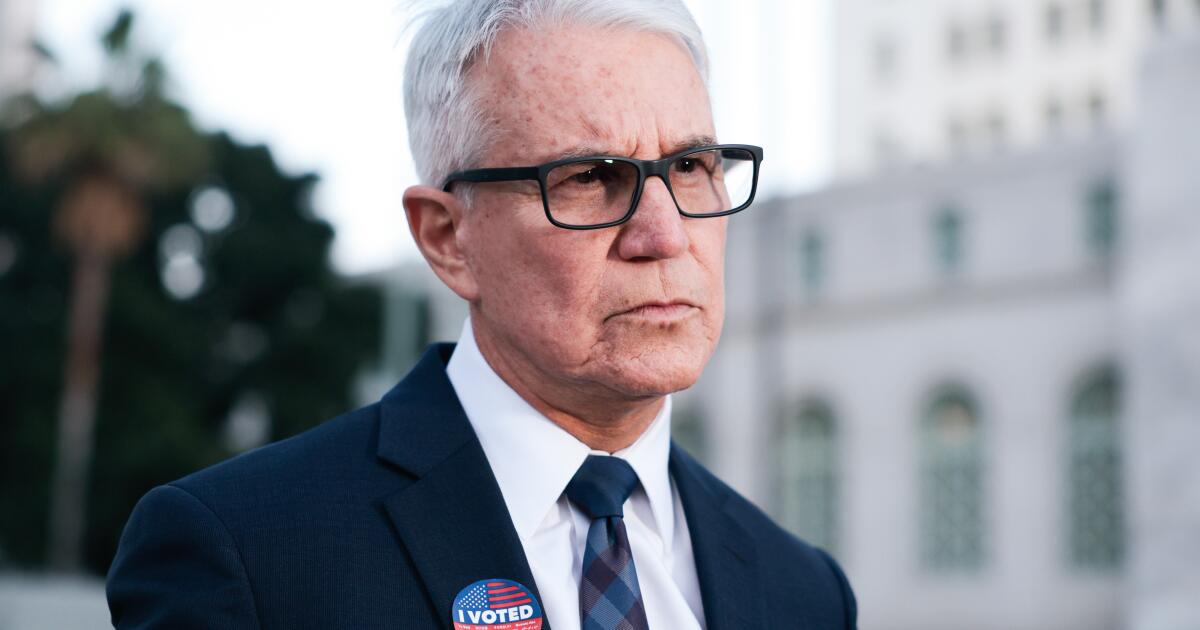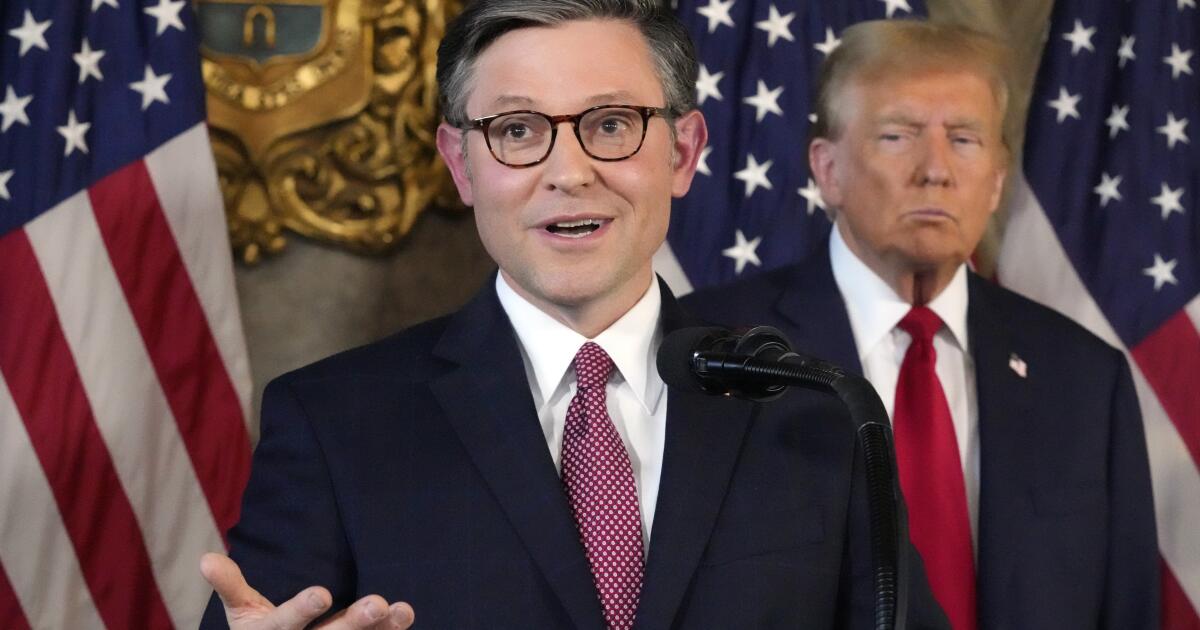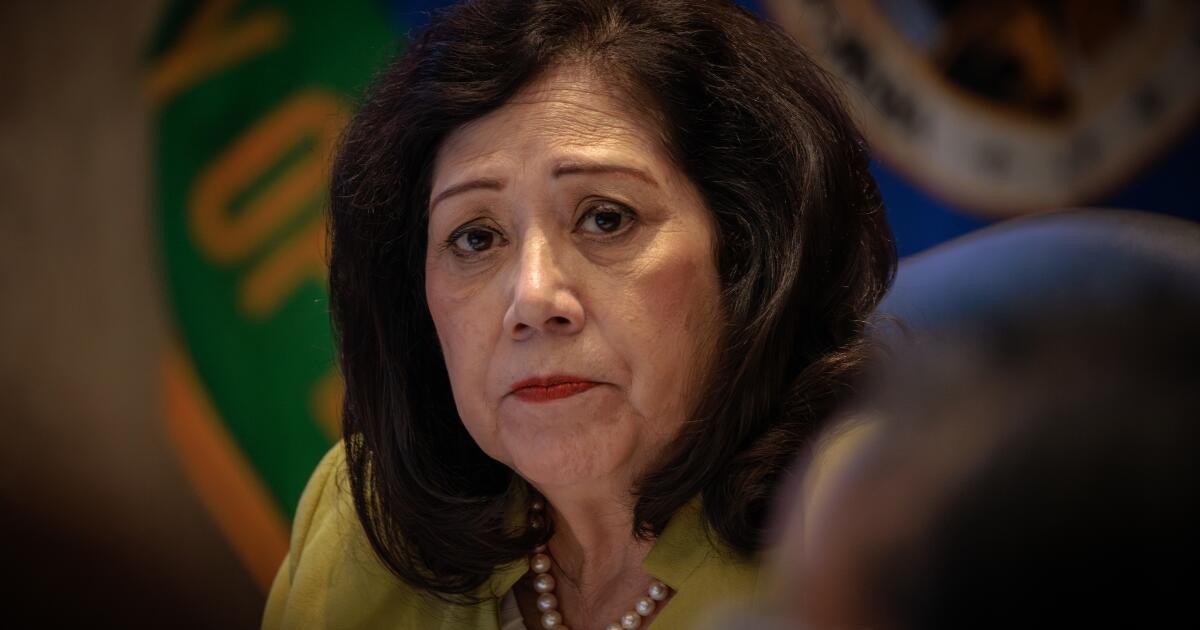Melanie Ramos was only 15 years old when died of a suspected overdose in a high school bathroom in Hollywood. Police reported that she and a friend of hers had purchased tablets They thought they were prescription painkillers but they were probably fakes containing fentanyl, a powerful opioid incorporated into counterfeit pills widely available on the illicit drug market.
Fentanyl has caused this type of overdose increase sharply despite the decrease in drug use among young people. Recent data suggests it kills an average of 22 teenagers each week nationwide. Tragic stories like Melanie's are unfolding across the country, and at an unprecedented pace. in a new analysis In the New England Journal of Medicine, we found that fatal overdoses among American teenagers ages 14 to 18 reached an all-time high in 2022.
Melanie was one of 111 teenagers who died between 2020 and 2022 in Los Angeles County, a hotspot where overdoses have skyrocketed. We find hot spot counties throughout the United States, but Southern California was the hardest hit. Of the 19 counties we identified nationwide, six were in this region: Los Angeles, Orange (61 deaths), San Bernardino (55), Riverside (41), San Diego (36), and Kern (30).
There is signs that teen overdoses in California decreased from 2021 to 2022, but this trend is still new and hot spots can still occur anywhere, often unexpectedly. Every corner of America should be prepared.
Overdose deaths are preventable. However, reducing teen overdoses requires a dramatic shift in drug prevention programming: It must emphasize safety rather than abstinence only.
Teen drug use is becoming deadlier, not more common. From 2002 to 2022, the proportion of high school seniors who had ever used illicit drugs decreased by 21% to 8%. Teen drug use overall is at its lowest rate in decades. But fentanyl, found not only in counterfeit pills but also as a contaminant in other drugs, puts teenagers at unprecedented risk. Nearly two-thirds of adolescents who die from fentanyl have not previously used opioids, reminding us that even first or infrequent exposure can be fatal.
Drug prevention has long focused on preventing teens from trying drugs, which is a worthy goal. But it has lacked messages for teens who do use and, as a result, may end up in danger. Teachers, parents, doctors, and others who provide drug prevention counseling should clearly communicate that any pill not prescribed by a doctor or dispensed at a pharmacy has a high chance of being a counterfeit drug containing a potentially lethal amount of fentanyl.
This does not mean using scare tactics, which have been shown to backfire. As modeled by programs like Security FirstAvailable through Stanford, this approach should tap into teens' desire to keep themselves and their peers safe and provide them with strategies to do so.
These strategies include never using it alone (so that someone is available to intervene in case of an overdose), starting with a small amount of a drug (e.g., a quarter pill instead of a whole pill) to evaluate its potency, and avoiding mixing pills with alcohol and other sedatives. substances.
Programming should also help teenagers recognize signs of an overdose and teach them how reply — calling 911 and providing the nasal spray naloxone (Narcan) if available. Schools there should be naloxone on the premises, as has been the case in the Los Angeles Unified School District from late 2022, following the death of Melanie Ramos, and help teens understand how to access it on and off campus. Narcan recently became available on the counterand teenagers can get it at pharmacy or get a prescription for it.
Teens seeking pills to treat depression, anxiety, trauma, or other mental health issues also need referrals to evidence-based mental health treatments, such as counseling and, where appropriate, medicines — which should be distinguished from counterfeit pills widely available on the illicit market.
There are some young people who may intentionally seek fentanyl, including 1 in 100 American teenagers who has an addiction to opioids. Keeping these teens safe requires educating them and their peers about how to recognize the signs of addiction, where to get care, and the effectiveness of buprenorphine, a life jacket but underused Treatment for opioid abuse. Given the urgent need to intervene early, schools, families, and physicians should be aware of local treatment programs and refer adolescents to them; the federal government maintains a search system directory.
Emphasizing safety in messages about drug use aimed at young people will meet opposition from policymakers and others because it means facing the uncomfortable reality that some teens use drugs. However, research indicates that teaching safety it's not make teenagers use more drugs. Drug prevention programs can still tell teens that they should not use substances while equipping them with the tools to protect themselves if they do. Teenagers need this knowledge before more young lives are tragically lost.
Scott Hadland (@Dr.ScottHadland) is chief of adolescent medicine at Mass General for Children and associate professor of pediatrics at Harvard Medical School. Joseph Friedman (@JosephRFriedman) is a substance use researcher at UCLA.

